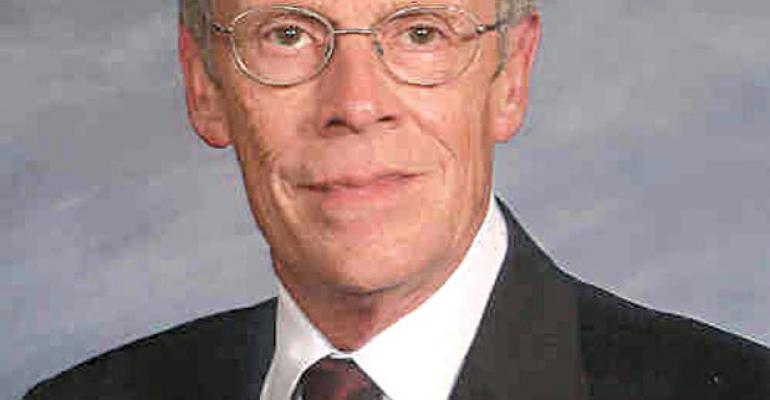I was pleased to see and feel the prevailing optimism about our current business while I attend the annual National Automobile Dealers Assn. convention and the accompanying J. D. Power’s International Automotive Roundtable.
Dealers and auto makers view 2012 with a renewed sense of confidence.
I heard many comments from dealers who are looking to add stores to their portfolios. Several tell me 2011 was one of their best years ever. As my friend Bill Lovejoy, a former General Motors vice president, says, it is amazing how dealer profitability continues to attain these new levels considering 2011 light-vehicle sales of 12.8 million units fell short of the 2008 level of 13.2 million.
Earl Hesterberg, head of the Group 1 dealership chain, is a keynote speaker at the J.D. Power conference. His comments really hit home. “Business never changes as fast or as much as we think,” he says. “The future of auto retailing looks a lot like today.” It puts change in perspective.
He addresses two issues dear to my heart: efficiency and productivity. Margin pressures and the effects it is having on our business continue be a concern for all dealers.
As our sales mix changes from, say, big trucks to smaller cars, we face thinner margins. Couple these margins with the competitive marketplace and the pressure intensifies.
We have learned the benefits of efficiency during the past four years. While under fire, we were forced to become totally efficient. Eliminating costs and right-sizing our organizations from a personnel standpoint wasn’t an option, but a survival requirement.
While keeping an eye on our expense structures, cash position and employee productivity, we discovered we often could derive more net profit from generated gross.
Going forward, while keeping our expense-to-gross ratios consistent, we must find ways to increase our grosses from all sources, unless a lower gross profit is acceptable, and I don’t think that’s an option.
Knowing that many of our new-vehicle sales will produce lower front-end grosses because of reduced margins and a changed sales mix, it is essential to maximize potential in the finance and insurance office and with aftermarket products. Selling extended-service contracts is an essential element in growing our service and parts business. Take advantage of all the opportunities the used-vehicle business offers, including the sale of older and higher-mileage vehicles.
Develop a consistent method of driving customer-pay business and loyalty in the service department. Make it easy for customers to do business with you.
Dealership events, such as new-owner and service clinics, help increase business. Ensure that service advisors are following up with customers who decline recommended work.
Track advisors’ daily repair orders, hours and sales per repair order, as well as total sales and monthly gross. Compare individual advisors’ effective labor rates on the orders they write. Posting these monthly increases peer pressure and results.
Monitor technician productivity and efficiency, and post these results. See that guarantees paid to technicians are kept to a minimum. If this appears to be an issue, find out why.
Monitor the activity of our productive personnel, including those in new- and used-vehicle sales. Look at salespeople’s grosses per vehicle. Monitor income to ensure employees are consistently promoting F&I products.
If you do not have exclusive new- and used-vehicle sales personnel, make certain everyone knows about both inventories they are selling.
The NADA convention activities have me pumped. I get energized about the available opportunities and look forward to celebrating the auto industry’s growth and successes.
Good selling!
(Tony Noland is a veteran dealership consultant. He is at [email protected])




